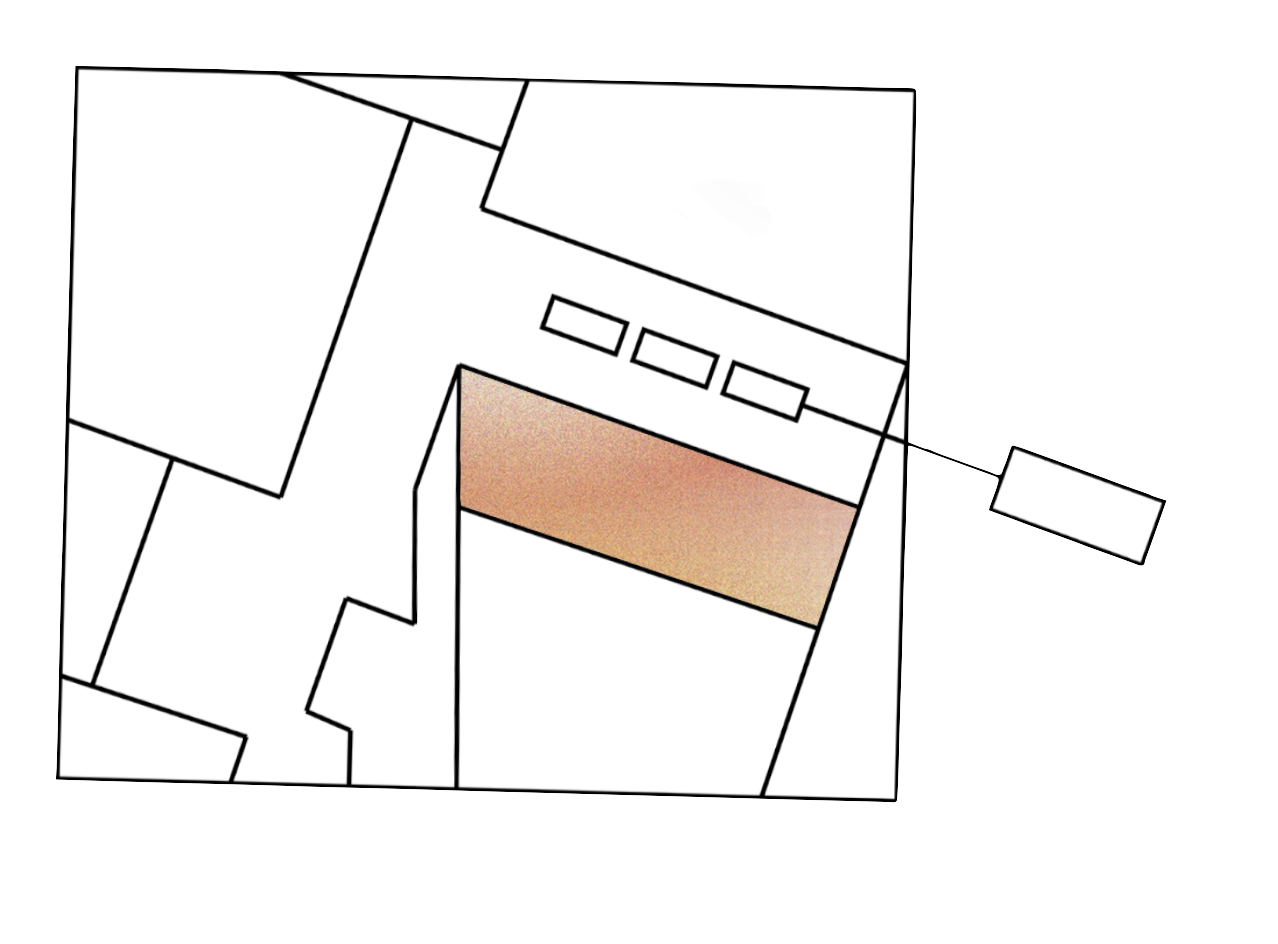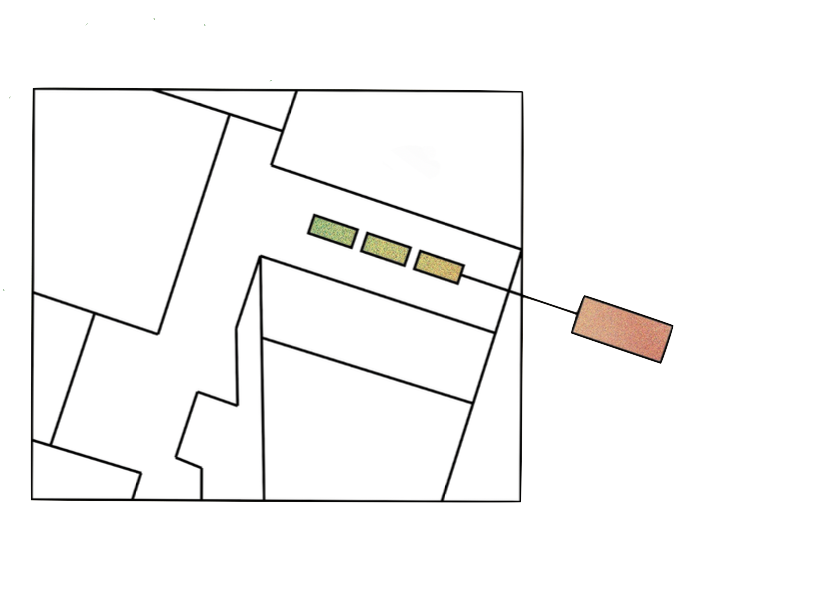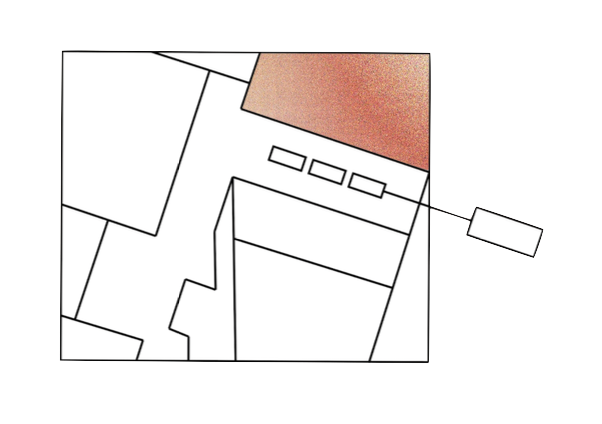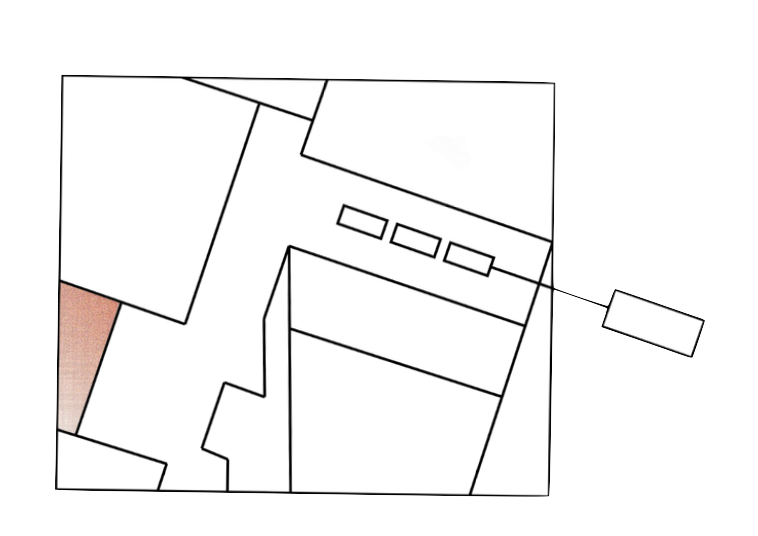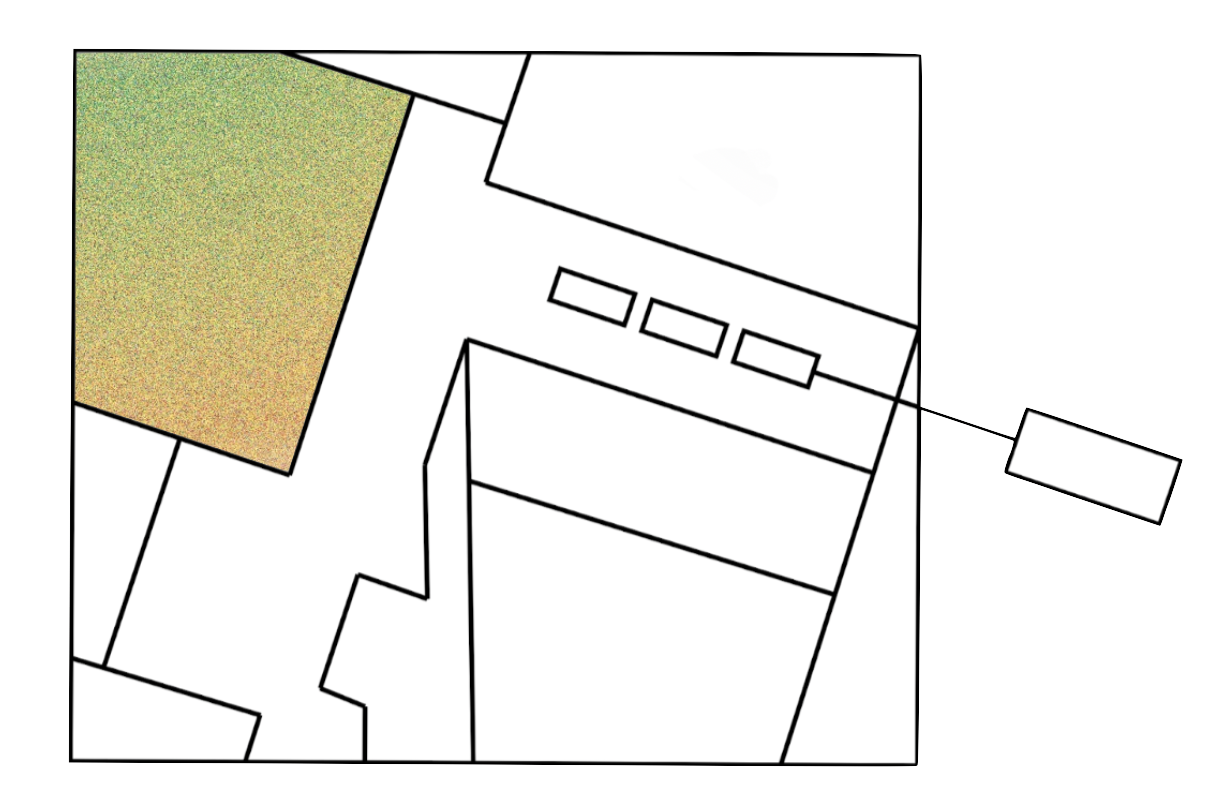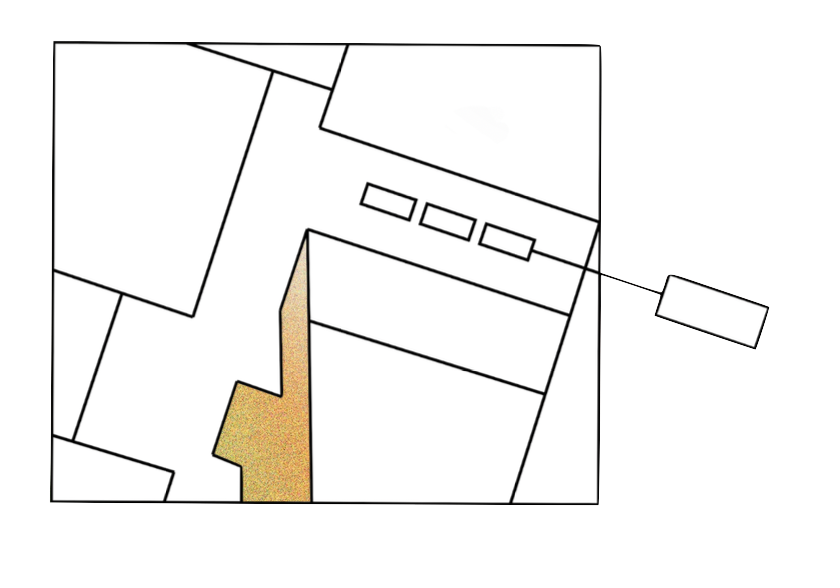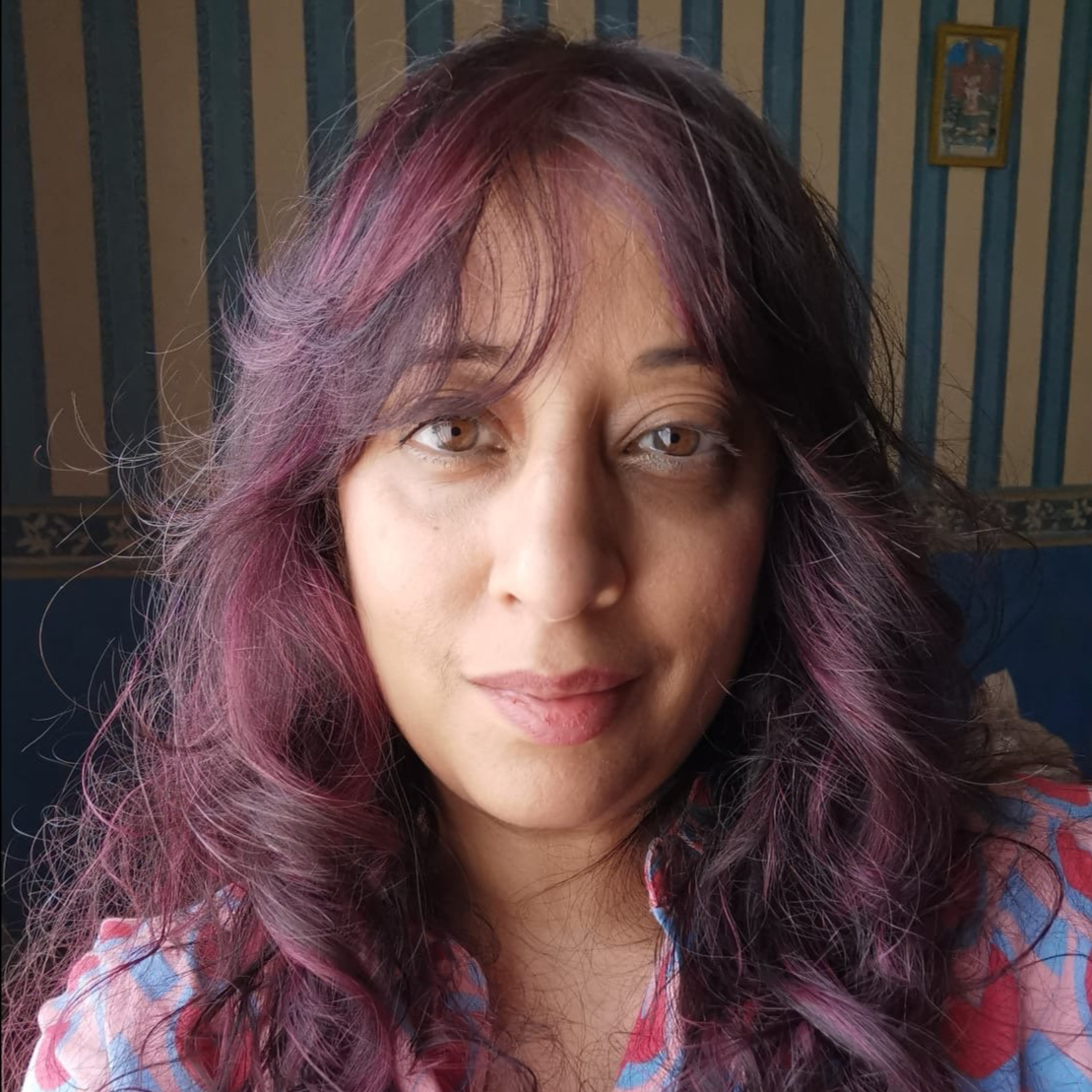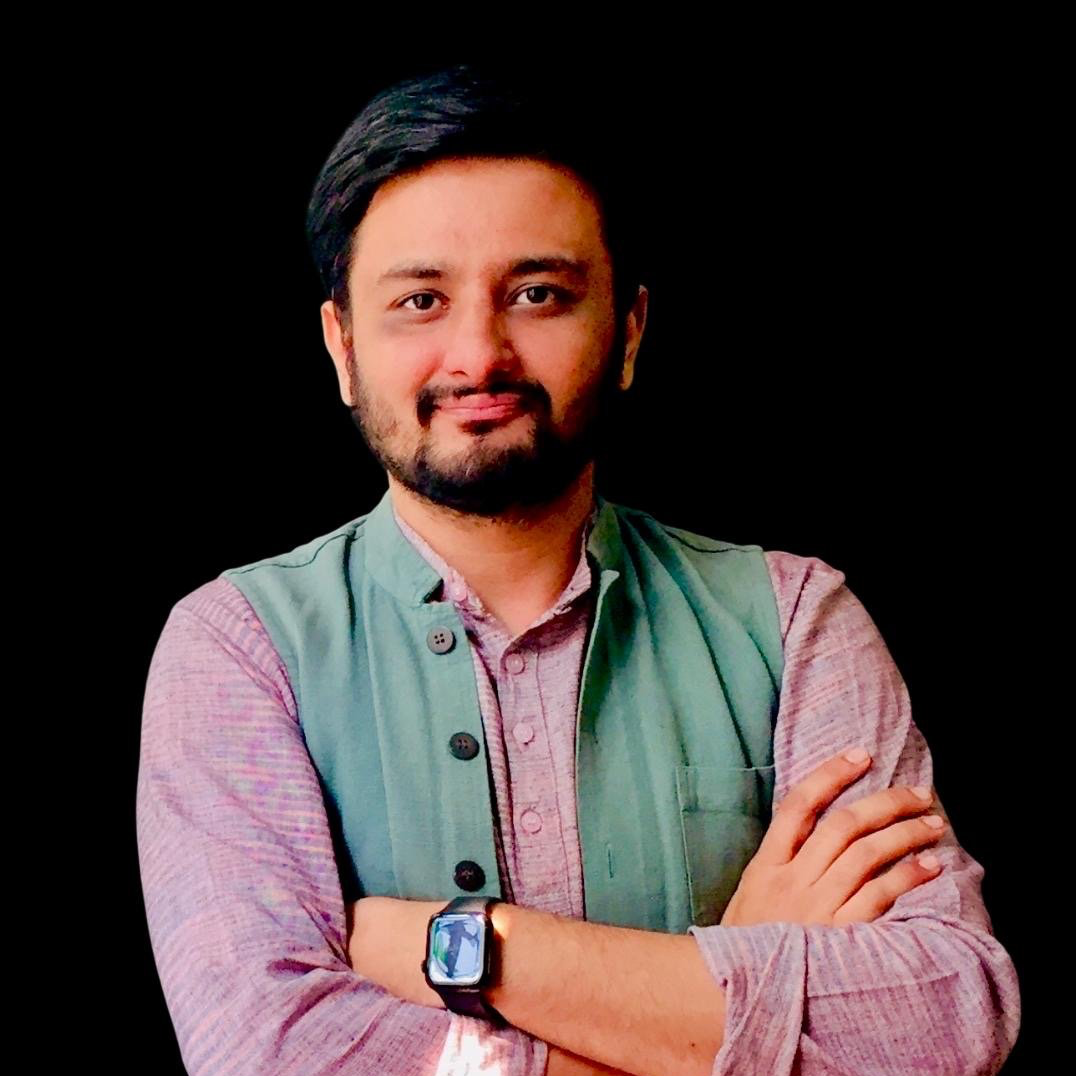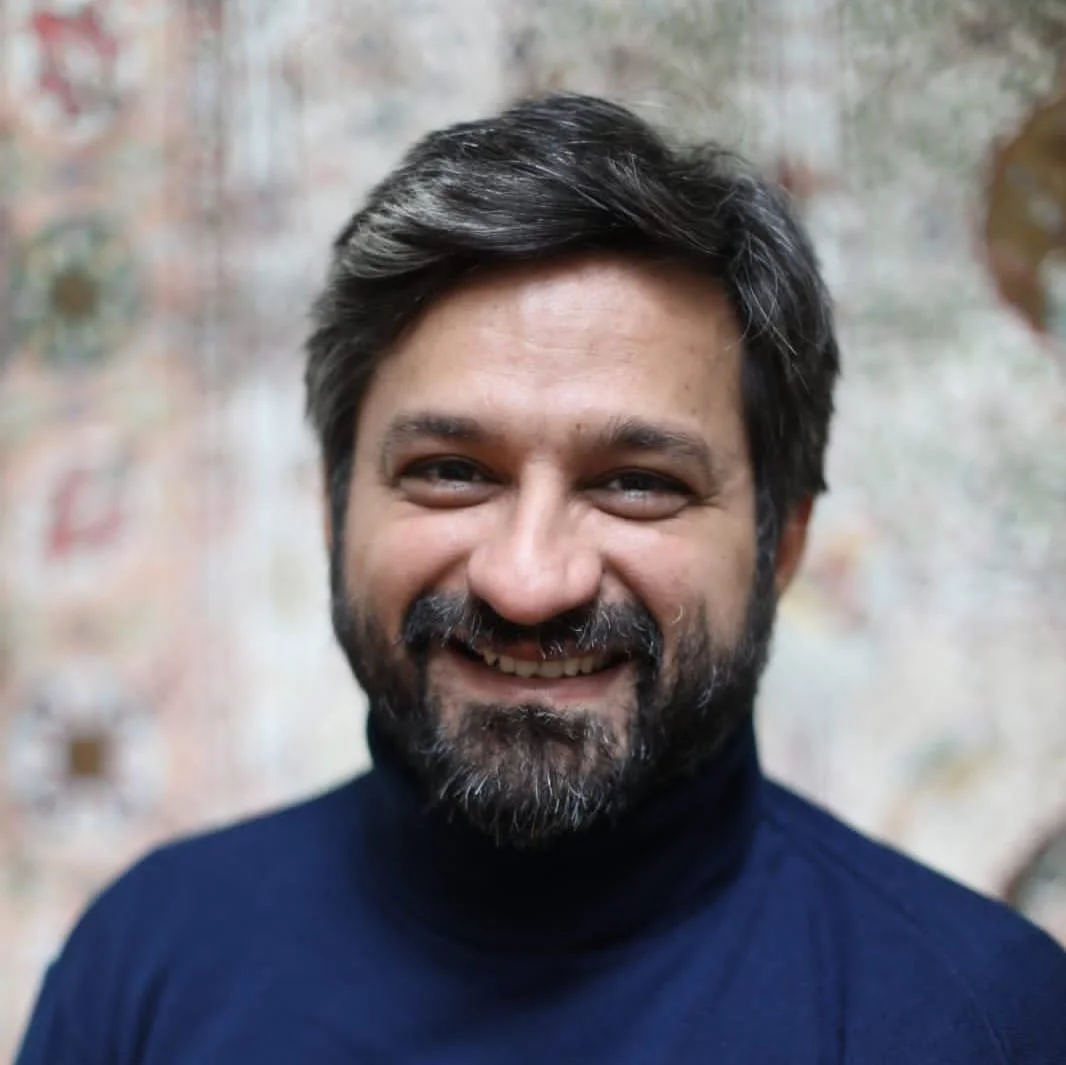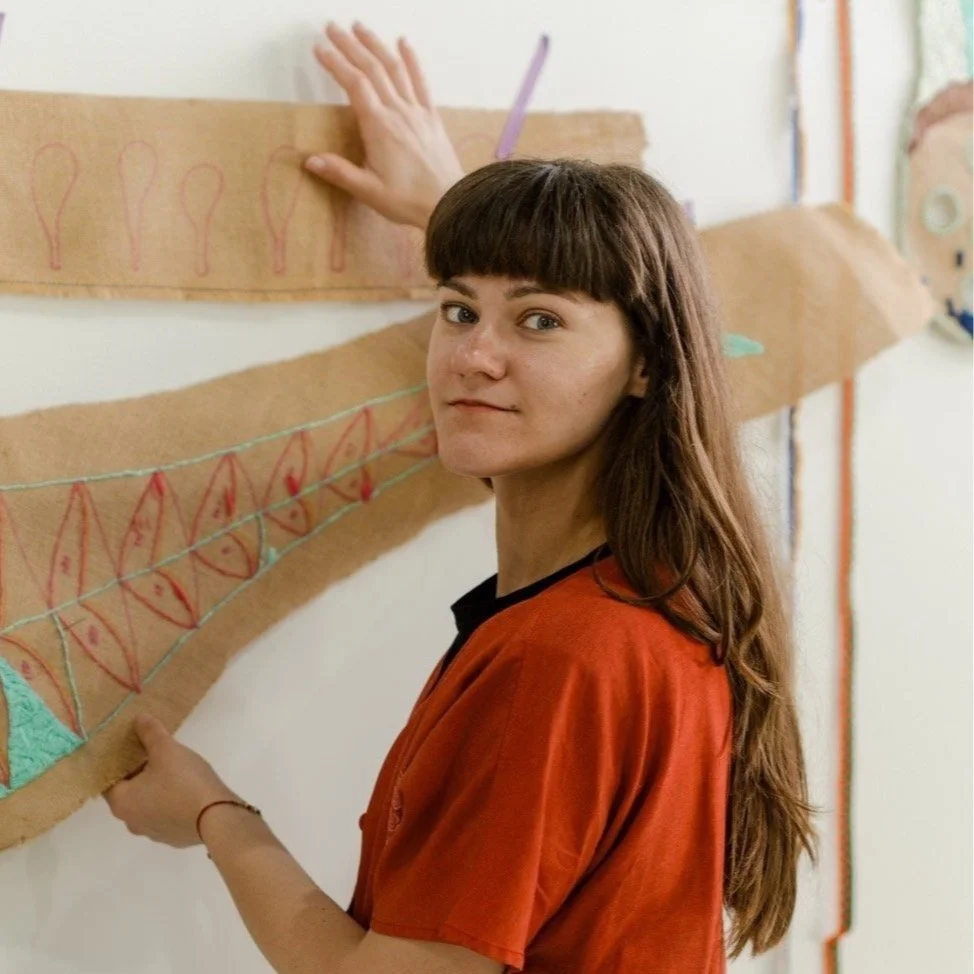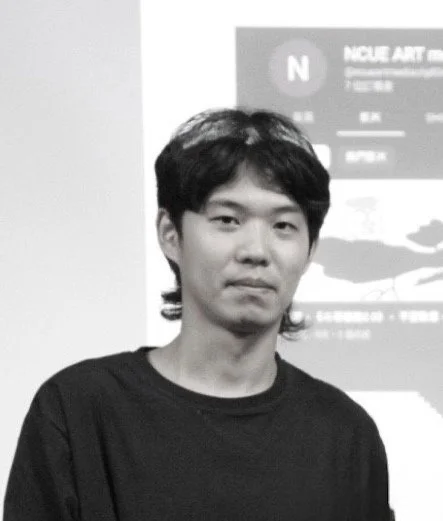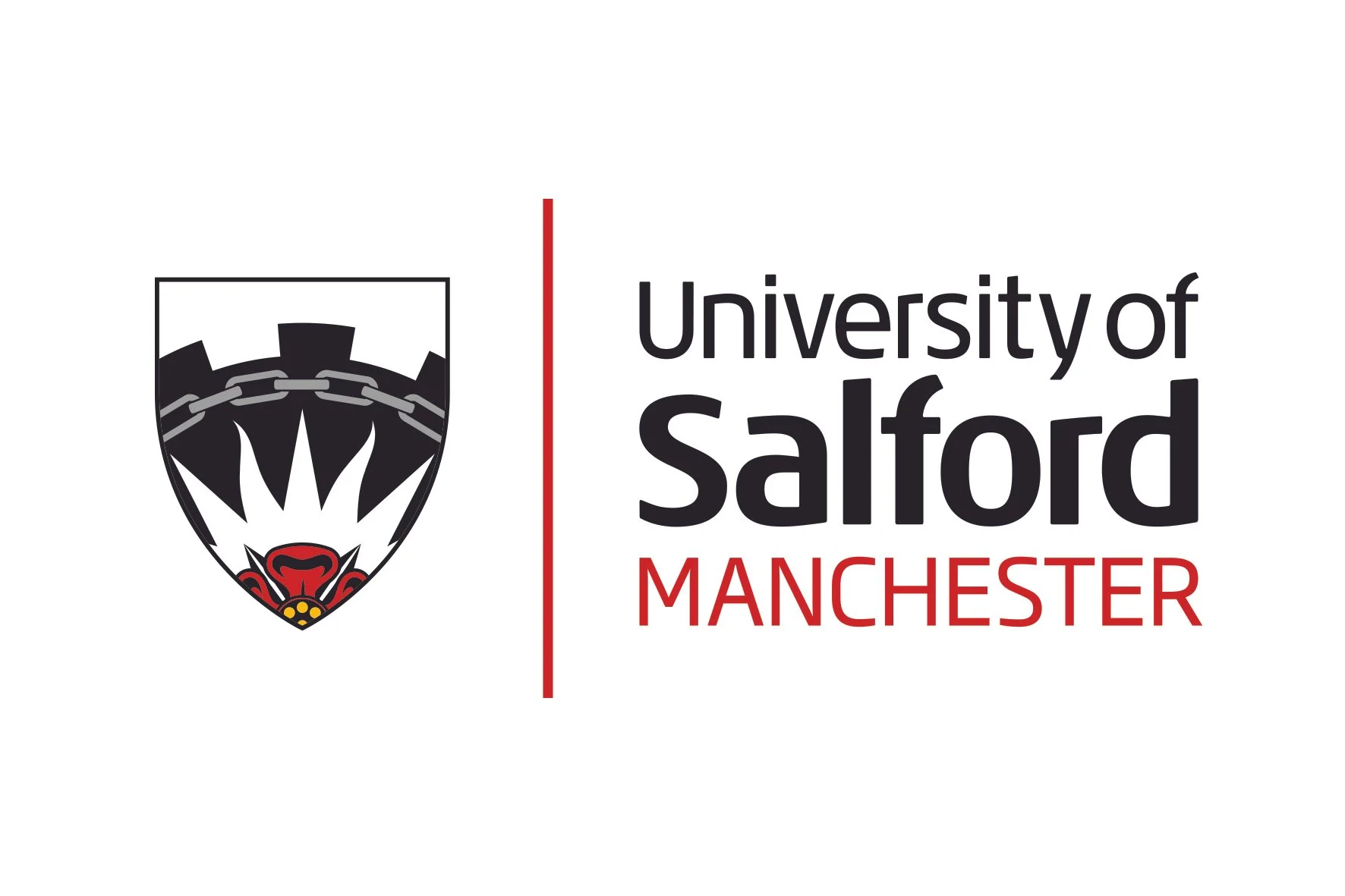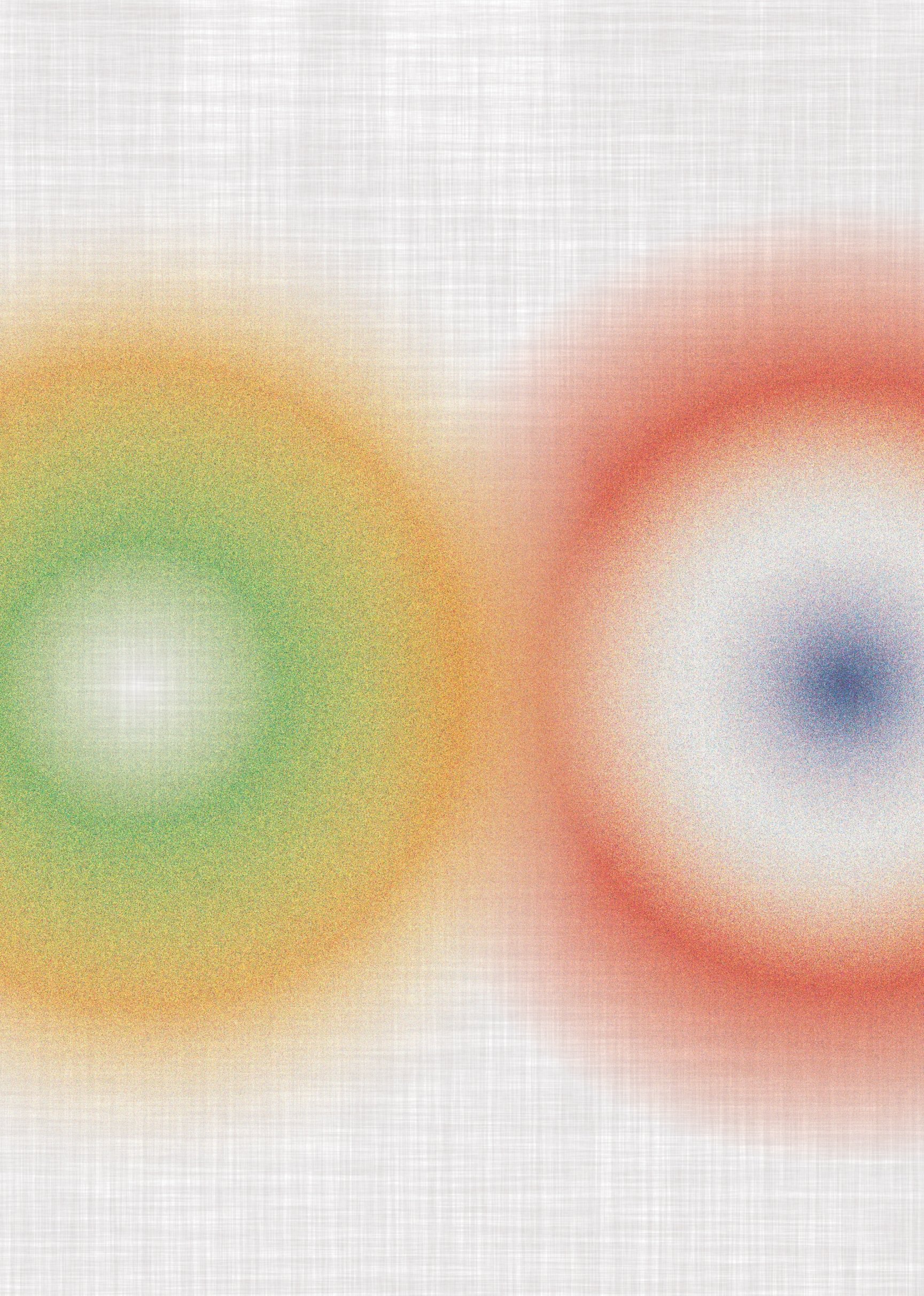
Confluence: Arts across Boundaries
Manchester | University of Salford
23 July - 25July

Screen
Something Useful Project Taiwan 2025 residency films (x4, on loop, no sound) 05/03/2025 - 31/05/2025 at National Changhua University of Education
Projection
Sarvajanik University student films (x3, on loop, no sound) By Nakum Rakesh, Bhumi Mavawala, Jiya Kansara
Wall
Sarvajanik University student artworks (x23, various dimensions, all made in 2025, L-R)
1, 2. Aarti Jariwala, ‘Inner Anger’, Digital
3. Krisha Chudasama, ‘Three States of Me’, Acrylic on canvas
4. Tanishka Bagri, ‘Kacha Papad, Pakka Papad’, Collage
5. Prachi Lakhotia, ‘Beyond the Veil’, Digital
6. Om Bavadiya, [untitled], Poster colours
7. Ekta Harsora, ‘Grace’, Acrylic on canvas
8. Mahima Vatani, ‘Disconnected From Crowd’, Poster colours
9. Tiwsha Ghadiya, [untitled], Acrylic on Canvas
10. Aarti Jariwala, ‘Mirror Image’, Digital
11. Mitali Patel, ‘Reflection of Self’, Acrylic on canvas
12. Dev Bundela, [untitled], Digital
13. Kinjal Vyas, ‘Bindi’, Digital
14. Nishtha Kadiwala, ‘Bits of Me’, Crochet on fabric
15. Nityam Zaveri, ‘Reminiscing’, Acrylic on canvas
16. Krupa Patel, [untitled], Poster colours
17. Manav Sosa, [untitled], Digital
18, 19, 20, 21. Yashvi Jain, ‘One Seen, One Felt’, Photography
22. Prachi Lakhotia, ‘Escape to a Place of Peace’, Digital
23. Ayushi Vyas, ‘Unfinished Symphony’, Digital
Danny Young (Artist in Residence, Taiwan), ‘Rooted In Thought’ (2025), Carvings on shoes
Viewing Desk 01
Ling Wei Tiong | 張玲蔚, ‘Fish’ (2022), Cloth, Cotton thread, Silk thread, Crystal bead
Ling Wei Tiong | 張玲蔚, ‘Part’ (2025), Cloth, Silk thread, Crystal bead
Charlie Zheng | 鄭婕妤, ‘Wind God - Boat of Taiwan’ (2023), Ceramic
Charlie Zheng | 鄭婕妤, ‘Wind God - Chess Board’ (2023), Ceramic
Charlie Zheng | 鄭婕妤, ‘Wind God - Flyfish’ (2023), Ceramic
Final Residency Exhibition ‘Round Table’ in Taiwan (2025), flyer
Viewing Desk 02
Margarita Frančeska Loze & NCUE students (2025), Embroidery
Plinth
Margarita Frančeska Loze & NCUE students, ‘Book’ (2025), Embroidery
Sculptural Installation
Austin Chen | 陳昱翰, ‘A Bench’ (2025), Wood, Ink paper, Plaster, Found object
Austin Chen | 陳昱翰, ‘Trace of the Unseen’ (2025), Ceramic x6 pieces

Walls
Tarla Patel, ‘Home Is’ (2025), Photography (collection)
Screen
Tarla Patel, video (on loop, with headphones)
Wall
Nicola Hills & IDPT students, ‘The Garden of Five Elements’ (2025), Landscape & Garden design (development archive)
Screen
Manav Sumra & IDPT students, ‘The Garden of Five Elements’ (2025), Video (development documentation)
Video Screen
Hao Ning Chang | 張皓甯, ‘Circular Motion’ (2021), Digital art (video loop with audio)
Balcony Wall
Margarita Frančeska Loze, ‘Two Birds’ (2025), Light clay
Wall (L-R)
Chang, Hao-Ning | 張皓甯, ‘Circular Motion: Specimen’ (2021), Digital print on aluminium plate
Rajarshi Smart, ‘Comfortably Numb’ (2021), Cyanotype on fabric
Rajarshi Smart, ‘The Flowers Which Makes Me Bloom’ (2022) Cyanotype on fabric
Rajarshi Smart, [untitled] (2021), Cyanotype on fabric
Rajarshi Smart, ‘It’s Time To Awake’ (2021), Cyanotype on fabric
Naishadh Jani, ‘Earth’ (2025), Watercolour wash on paper
Naishadh Jani, ‘Fire and Water’ (2025), Watercolour wash on paper
Naishadh Jani, ‘Sky and Air’ (2025), Watercolour wash on paper
Naishadh Jani, ‘Five Elements’ (2025), Watercolour wash on paper
Plinth
Rajarshi Smart, [untitled collection] (2020-2024), Cyanotype on fabric

SUP INDIA 2025
Tarla Patel
SUP India 2025 artist-in-residence
Tarla Patel is a Coventry-based artist working with photography, moving image, and archives to explore themes of memory, migration, and identity. Rooted in a socially engaged practice, her work draws from her family’s South Asian heritage and the Masterji archive, connecting personal histories with wider diasporic narratives. Through workshops, collaboration, and storytelling, she creates space for underrepresented voices and intergenerational dialogue.
She has worked with and collaborated with artists, academics, communities, and arts organisations, and community and public participatory projects in the UK and overseas.
Tarla on her work - ‘Home Is?’
During a recent residency in Gujarat, India, with the Something Useful Project and Sarvajanik University: School of Fine Arts, I spent time living in Surat and working alongside students. This journey offered a chance to reconnect with places, people, and memories that have long shaped my family's story.
This installation brings together photography and film to reflect on the personal and collective experience of migration, belonging, and identity. The work explores the echoes of conversations and memories, some distant, some vivid as I retraced my parents’ footsteps through their ancestral villages near Navsari, in the Gujarat India.
Growing up in the UK, my earliest connections to India came through blue aerogram letters, sudden telegrams announcing loss, and crackling long-distance phone calls. These fragmented connections shaped a distant but emotional relationship to a place that was both familiar and unknown.
The passing of my father in 2018, and the fragility of my mother’s health, raised deeper questions: Without them, would India remain a place of belonging or simply become a destination? This work is a meditation on that uncertainty, and the traces that remain.
These photographs trace the intertwined paths of my mother and me, as we seek to reconnect with threads of memory and place. For the UK collection, I have woven in three new images, a quiet reflection of her life shaped in Britain.
Rajarshi Smart
Assistant professor at IDPT-SECT, Sarvajanik University, India
My work is a passage between many realities or to say between possibilities of many realities. What we perceive becomes our reality and what we wish to perceive or actualize is another possible reality; and that which we miss to perceive is altogether a different probability of reality. I like to play upon these probabilities and possibilities in my work.
We are constantly part of narratives within various other larger ones. They are layered, simple, and complex in their ways. An encounter with glass surfaces became my source of inquiry to intervene in our everyday stories through the nature of glass. The glass holds layers of reflection. We see our reflection from the outside. On gradual closer inspection, the details reveal themselves. We interpret the various layers of these revealing stories. Some might stand relatable to our lives, some might just feel distant to us at that point, some become means to understand newer parameters of possible experiences while some exist but are incomprehensible to us at that moment. They might be taking place simultaneously in a frame at a given time, and sometimes we might also be part of those narratives. We hold our perspectives to these kinds of stories to engage in the process of deriving meaning and associations.
This set of cyanotype prints is seemingly a response to these underlying thoughts that took form during the lockdown times while i read the stories of mahabharata and ramayana. Several narratives flow through clusters of smaller narratives. The individual characters often make me wonder about their relevance and connection to contemporary times. The prints allow its viewers to interpret them in their manner regardless of its intention or my perception. They emphasize individual perception unlike an ideal way of perceiving our everyday stories and lives.
My aim, in these works, is to derive icon-like simplicity of our ever-changing world and to have it imprinted on the viewer’s imagination.
Naishadh Jani
Assistant professor at IDPT-SECT, Sarvajanik University, India
As an art historian, I’ve always been drawn to how cultural beliefs and mythologies shape the way we see and create. During the SUP residency, I focused on the idea of Panchmahabhuta — the five elements of earth, water, fire, air, and space — which hold deep meaning in Indian mythology. These elements are not just part of nature; they’re part of how we understand our place in the world, spiritually and culturally.
In this series, I explored how these elements are connected to each other, how they live in our stories, and how they still speak to us today. I reimagined traditional forms and symbols through a more personal lens, asking how they relate to my own experience. The works are made on paper using the watercolor wash technique, which helped me reflect the fluid, shifting qualities of the elements themselves. This process became a way to connect the past with the present.

SUP TAIWAN 2025
Margarita Frančeska Loze
SUP Taiwan 2025 artist-in-residence
Working with storytelling as a central theme, Margarita's workshops invited students into her sensorial approach to art-making. Alongside sharing her stitching techniques, drawing transfer techniques to fabric and material knowledge, she offered insights into her broader practice, rooted in nature, sound, collaboration, and play.
The workshops were grounded in surrealist movement, particularly inspired by the surrealist game Exquisite Corpse. Using this as a starting point, students collectively created characters through various methods. Margarita then guided participants in further developing these figures, either through storytelling or by embroidering them. The workshops emphasised the many ways an artwork could unfold: from character creation to layering sound, narrative, and tactile expression.
Furthermore, through these workshops, Margarita aimed to emphasise the value of creativity and to show students inventive ways of stimulating it, particularly through collaboration and surprise. She encouraged participants to explore the power of the unexpected as essential elements in the creative process.
Hao Ning Chang | 張皓甯
Adjunct lecturer, Department of Fine Arts, National Changhua University of Education, Taiwan
Hao Ning Chang’s works focus on the interplay between the deconstruction and extension of time and space within the realm of image. Through the experimental creation of videos and installations, Hao-Ning endeavors to provoke contemplation and imagination about our position in the world. He has received the Next Art Tainan Award (2021), the Taiwan Emerging Art Award (2019), and the Austronesian International Art Award (2016). His works have been included in the Taipei Digital Arts Festival (2018), the Taipei Art District Festival (2017), Street Fun, Fun Street – MOCA Taipei X Chifeng Community Art Exhibition (2014), the Rotterdam Video Festival (2013). He has also participated in the Stock 20 Resident Artist Group (2014).
For the NCUExSUP 2025 programme, Hao-Ning Chang serves as co-curator of the final exhibition, responsible for curatorial planning and resource coordination.
Hao Ning Chang draws on his lived experience and professional curatorial expertise to guide the team as they explore the curatorial themes rooted in Taiwan's postcolonial context, and engage in deeper dialogues between cultures, histories, and artistic practices. At the same time, Hao Ning Chang is engaging his students in a collaborative video documentation project, offering an additional perspective on the residency - that of the observer - and facilitating an additional cross-cultural collaboration within the framework of this international exchange.
Hao Ning on his work - ‘Circular Motion’
Playground equipment triggers the artist’s imagination. The subject in Circular Motion transforms through mirroring images, creating a disturbed cluster within a disordered spatial assembly. Combining diverse aspects of playground equipment, the work interweaves silhouettes and trajectories, fabricating the traces left by varying speeds of scenes and objects. Levering the original connections between subject and space, the artist attempts to reconstruct and erase the barriers of ordinary spaces to form a series of subjects adrift
outside, leading viewers to depart from the common axis of playground equipment.
For ‘Circular Motion: Specimen’, through the mirroring method, the subject is mutated, the daily scene is reconstructed, the barriers of the original space are erased, and it is transformed into a floating fantasy. Through the self-generated shape as the shape of the external laser cutting, the reproduction and spread between objects and shapes are considered.

